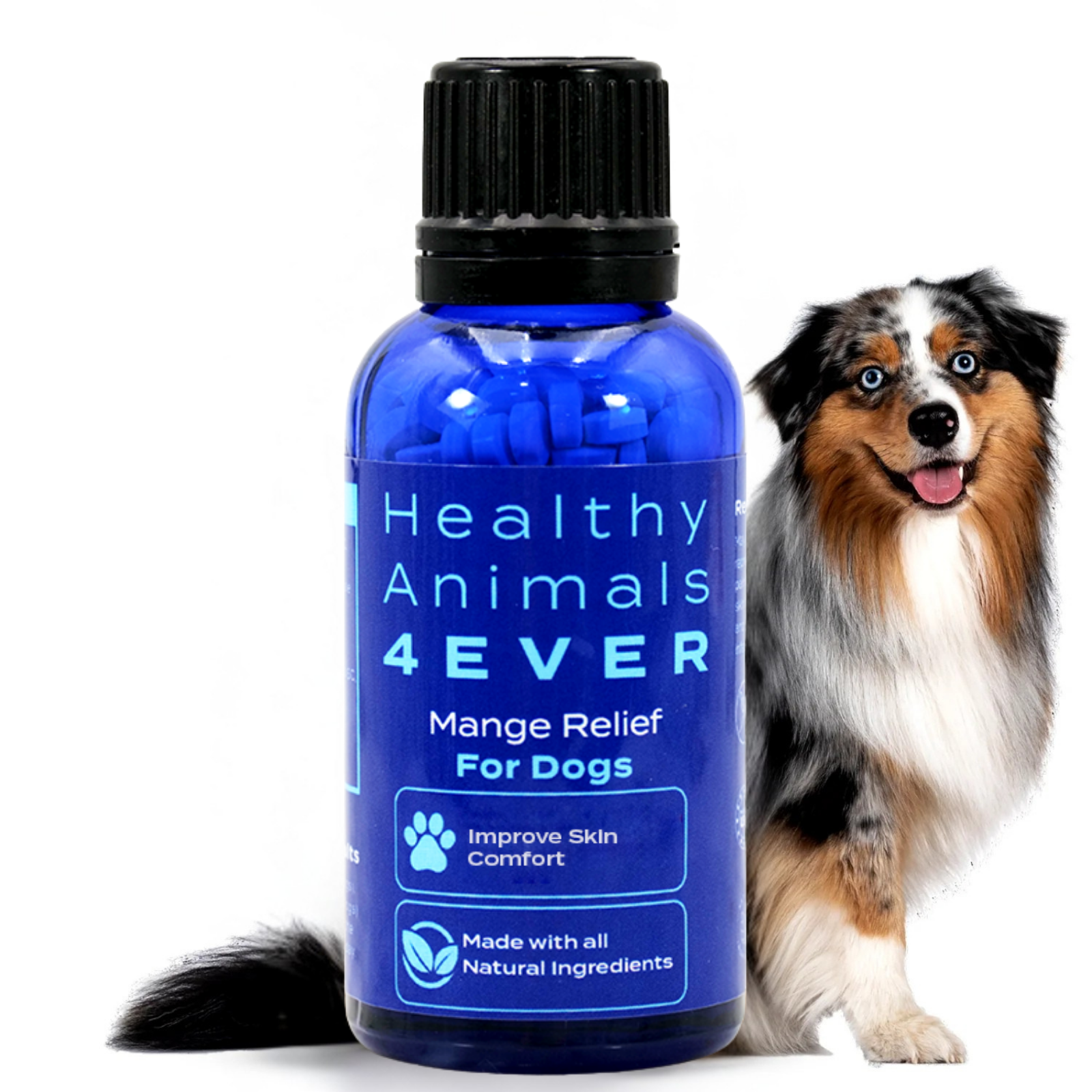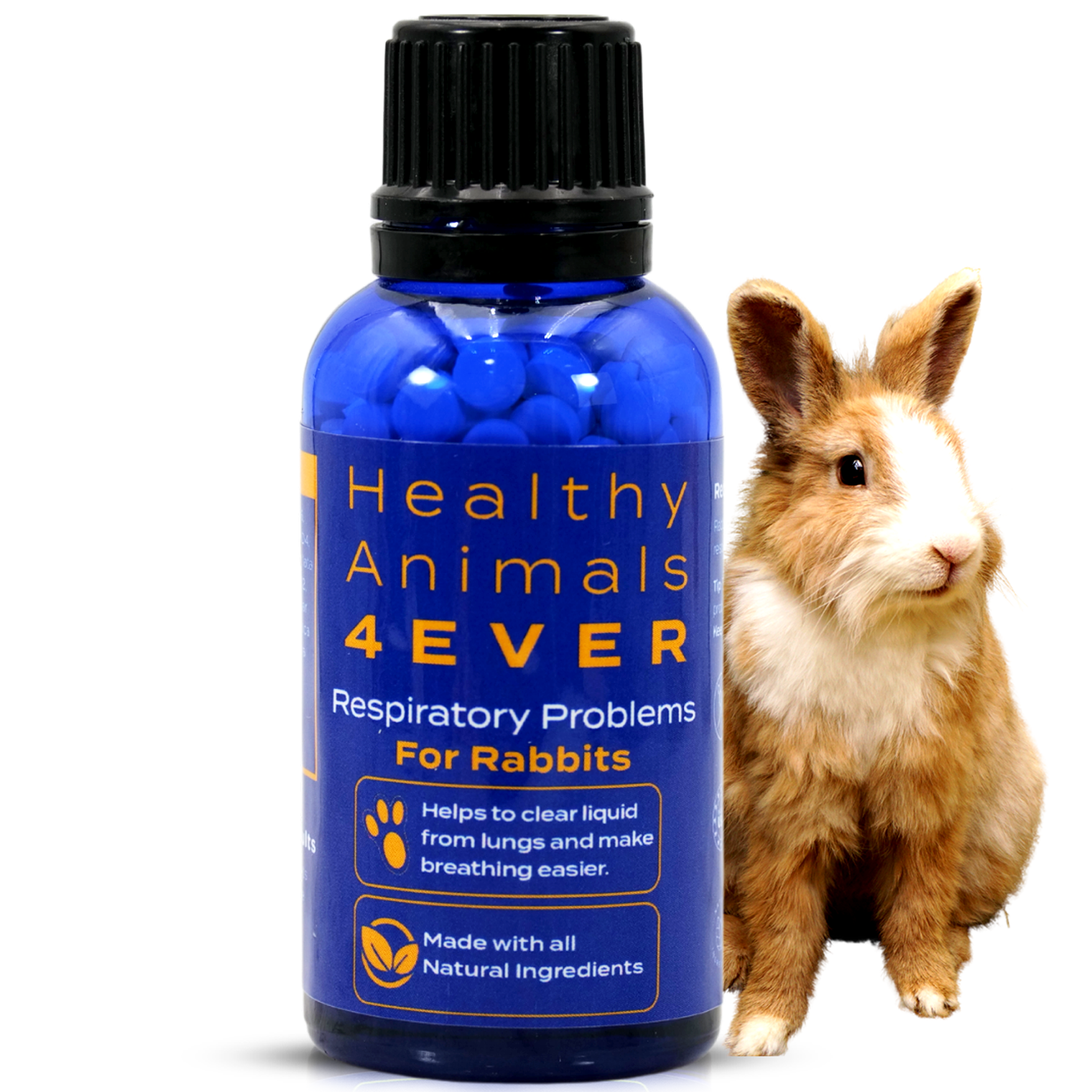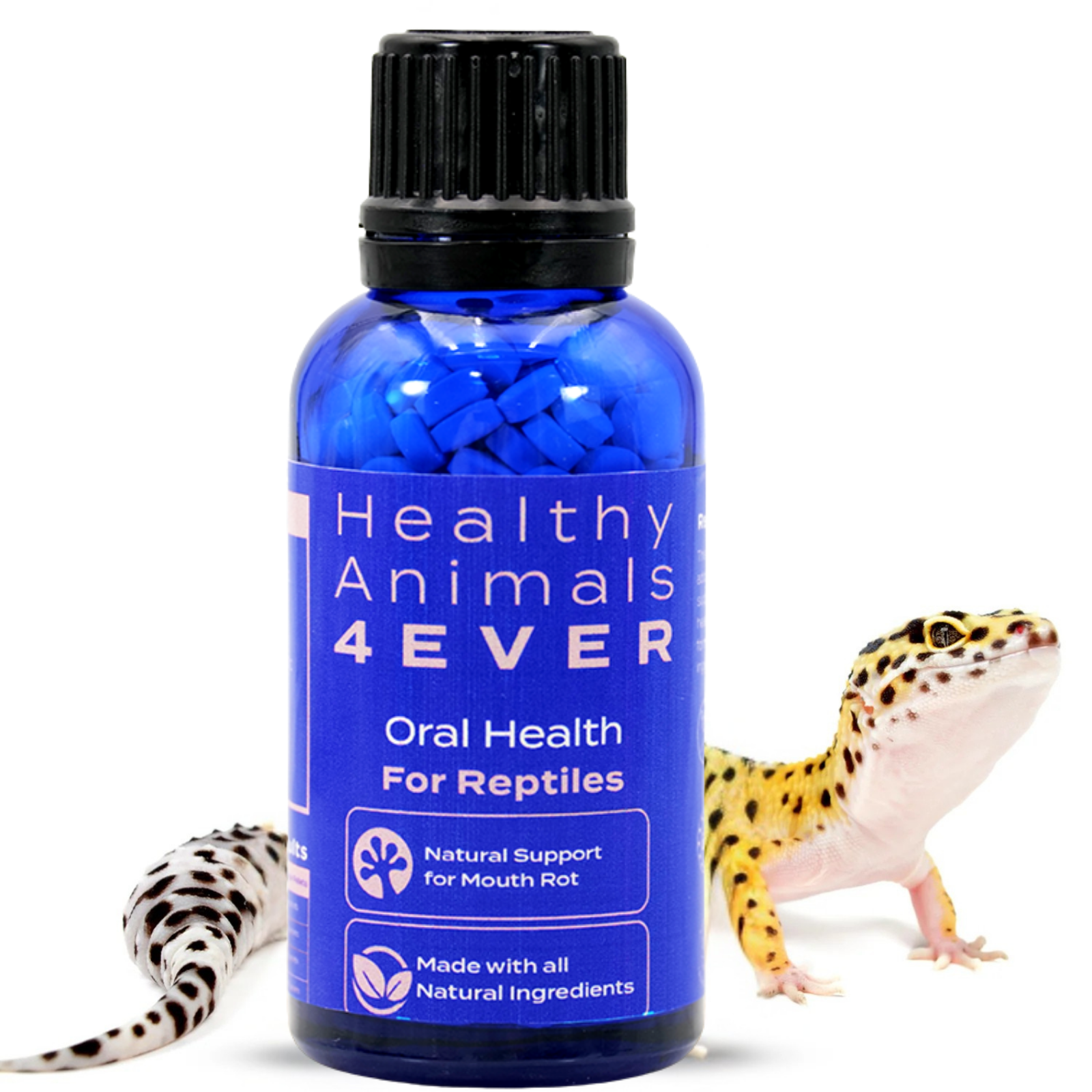Winter Hoof Care: Tips to Keep Your Horse's Hooves Healthy in Cold Weather

Winter brings unique challenges for horse owners, and hoof care requires special attention. The colder temperatures, wet conditions, and changes in terrain can impact the health of your horse's hooves. This blog will explore tips to ensure your equine companion's hooves stay healthy and sound during winter.
- Regular hoof inspections
Winter weather can make maintaining a consistent hoof care routine challenging, but regular inspections are crucial. Check your horse's hooves for signs of cracks, thrush, or any abnormalities. Remove any packed snow, mud, or ice accumulating in the hoof, leading to discomfort and potential issues.
Here's a step-by-step guide on how to inspect hooves during the winter months:
- Begin by selecting a clean, well-lit area where your horse can stand comfortably. This could be in a dry stall or a designated grooming area.
- Secure your horse with a halter and lead rope, ensuring they are tied or held by a helper. This helps prevent unexpected movements and ensures your safety during the inspection.
- Use a hoof pick to remove mud, snow, or debris from the hooves. Pay attention to the sole, frog, and hoof walls. Cleaning the hooves thoroughly gives you a clear view of the hoof's condition.
- Examine the frog for signs of thrush, a bacterial infection common in moist conditions. Look for a foul odor, black discharge, or any areas of sensitivity. If thrush is suspected, consult your veterinarian for appropriate treatment.
- Carefully examine the hoof walls for cracks or flares. Winter conditions, with freeze and thaw cycles, can contribute to the development of cracks. Note the location and severity of any issues.
Hoof issues support is a natural remedy for hoof-related issues. It helps with cracked hooves, brittleness, and discomfort during movement and promotes healthy hoof growth while soothing irritation. All-natural formula. Safe and gentle for all horse breeds. (Healthy animals 4ever)
- Check the sole for signs of tenderness, bruising, or puncture wounds. Assess the frog for any abnormalities. A healthy frog should be pliable and free from infection or discharge.
- Note the rate of hoof growth. Overgrown hooves can lead to imbalances and increased risk of issues. Consult with your farrier if a trim is needed to maintain proper hoof health.
- If your horse wears shoes, inspect them for secure attachment, signs of wear, and any issues with the shoeing. Loose shoes can lead to further problems, especially in icy or uneven terrain.
- Observe your horse for any signs of lameness or discomfort. Uneven weight distribution or changes in gait can indicate underlying hoof issues that need prompt attention.
- Record your observations, including the date and any notable findings. This documentation can be valuable for tracking changes over time and communicating with your farrier and veterinarian.
- If you notice any concerning issues during the inspection, consult with your farrier or veterinarian promptly. Early intervention is key to preventing and addressing hoof problems.
Consult with your farrier to determine your horse's appropriate winter trimming schedule. Some horses may need more frequent trims to prevent excess growth, while others may require adjustments to accommodate hoof structure changes. Ensure that your horse's shoes are in good condition and securely attached, as loose shoes can lead to further problems in winter.
- Work closely with your farrier to establish a winter trimming schedule. Depending on your horse's individual needs and the specific conditions of your location, adjustments to the trimming frequency may be necessary.
- In some cases, winter conditions may lead to slower hoof growth. However, for some horses, especially those kept in well-insulated environments, hooves may continue to grow at a regular rate. Trim hooves to prevent excessive growth that could lead to imbalances and potential issues.

- Ensure that the hooves are trimmed to maintain proper balance. Balance is crucial for even weight distribution and minimizing the risk of lameness. Pay attention to the angles of the hoof walls, the sole, and the frog.
- The frog plays a crucial role in weight distribution and shock absorption. Ensure that your farrier trims the frog appropriately to provide adequate support. A healthy frog contributes to overall hoof health.
- In areas with icy or rocky terrain, your farrier may recommend additional hoof protection, such as winter shoes or boots with studs, to prevent slipping and provide traction. Discuss the specific needs of your horse and the conditions they will be exposed to during winter.
- Apply hoof conditioners or oils to maintain moisture balance. This is particularly important in winter when dry air can contribute to brittle hooves. Consult your farrier or veterinarian to determine the most suitable products for your horse.
- Every horse is unique, and their hoof care needs may vary. Consider age, health, workload, and living conditions when discussing winter trimming plans with your farrier.
Maintaining proper nutrition is essential for overall equine health, including hoof strength. Ensure your horse receives a balanced diet of essential nutrients like biotin, zinc, and omega-3 fatty acids. Adequate hydration is also crucial, as dehydration can impact hoof quality.
Ensure your horse receives a well-balanced diet with essential nutrients such as vitamins, minerals, proteins, and carbohydrates. A balanced diet supports overall health, contributing to strong and healthy hooves.
Biotin is a B vitamin known for its positive effects on hoof growth and quality. Consider incorporating biotin supplements into your horse's diet, especially if your horse has historically had hoof issues. Consult with your veterinarian for appropriate dosage recommendations.
Arthritis support is a natural remedy for arthritis in horses. It helps with arthritis pain and inflammation and provides targeted joint health support. All-natural formula. Safe and gentle for all horse breeds. (Healthy animals4ever)
Zinc and copper are essential minerals for hoof health as they play a role in forming connective tissues. Ensure that your horse's diet includes adequate levels of these minerals. If necessary, consult with your veterinarian to determine if supplementation is needed.
Omega-3 fatty acids contribute to overall hoof health by promoting a strong and resilient hoof structure. Sources of omega-3 fatty acids include flaxseed and fish oil. Incorporate these into your horse's diet, or consider specific omega-3 supplements.
High-quality protein is necessary for the growth and repair of tissues, including the hooves. Ensure your horse's diet includes sufficient levels of quality protein from alfalfa, soybean meal, or other protein-rich forages.
Good-quality forage is the foundation of a horse's diet. When fresh pasture may be limited in winter, provide ample hay to meet your horse's nutritional needs. Hay provides essential fiber and contributes to overall digestive health.
Adequate water intake is crucial for overall health, including hoof health. Ensure that your horse can access clean and unfrozen water at all times. Proper hydration supports the circulation of nutrients to the hooves.
Proper chewing and digestion of feed are essential for nutrient absorption. Schedule regular dental check-ups to address any issues affecting your horse's ability to effectively utilize the nutrients in their diet.

While meeting your horse's nutritional needs is important, avoid overfeeding, as excess weight can contribute to laminitis and other hoof issues. Monitor your horse's body condition regularly and adjust the diet as needed.
4. Provide clean and dry shelter
Winter often brings wet and muddy conditions, contributing to conditions like thrush. To minimize the risk, provide your horse with clean and dry shelter. Regularly clean and bed their stalls with dry bedding to prevent the hooves from prolonged exposure to moisture.
5. Use hoof supplementsConsider incorporating hoof supplements into your horse's diet, especially if you notice signs of weakened hooves. These supplements can provide additional support for hoof growth and strength. Consult with your veterinarian to determine the most suitable supplement for your horse.
6. Exercise on safe surfacesWinter can bring icy and slippery conditions, posing a risk to your horse's hooves. Choose safe, non-slip surfaces to prevent slips and falls when riding or exercising your horse. This protects the hooves and reduces the risk of injury to your horse.
7. Manage pasture and turnoutIf your horse spends time in a pasture during the winter, manage the turnout area to prevent excessive mud and standing water. Rotational grazing or using sacrifice paddocks can help preserve pasture quality and minimize the impact of winter weather on hooves.
Dental issues support is a natural dental health remedy. It helps minimize oral discomfort and inflammation and promotes healthy gums and teeth. All-natural formula. Safe and gentle for all horse breeds. (Healthy animals4ever)
Common hoof issues that horses may face during winter
Thrush
Thrush is a bacterial infection that commonly affects a horse's hoof frog. It is characterized by a foul-smelling discharge and a dark, blackish appearance in the frog's central and collateral sulci (grooves). While thrush can occur at any time of the year, winter conditions can create an environment conducive to its development.
Factors that contribute to thrush in winter are:
8. Moisture and mudWinter often brings wet and muddy conditions, creating an environment where bacteria thrive. Prolonged exposure to moist environments can soften the hooves and make them more susceptible to thrush.
9. Reduced movementHorses may spend more time in stalls or have limited turnout during the winter, leading to reduced movement. Lack of exercise can contribute to poor hoof circulation and increase the risk of thrush.
10. Dirty beddingBedding in stalls can become soiled more quickly in winter due to the wet and muddy conditions. Dirty bedding can harbor bacteria and contribute to thrush development.
How to prevent thrush?
- Clean your horse's hooves regularly, especially during winter. A hoof pick removes mud, debris, and foreign material from the hooves. This helps prevent the accumulation of bacteria.
- Keep stalls clean and well-bedded with dry bedding. Regularly remove soiled bedding to prevent the hooves from prolonged exposure to moisture.
- Ensure your horse has access to clean, dry shelter during inclement weather. Protecting the hooves from constant exposure to wet and muddy conditions can help prevent thrush.
- Use hoof conditioners or oils to maintain the proper moisture balance in the hooves. Some products also contain antimicrobial agents that can help prevent or manage thrush.

- Maintain a regular hoof care schedule with your farrier. Trimming the hooves appropriately helps prevent the development of overgrown and distorted hooves that can contribute to thrush.
- Ensure that your horse gets regular exercise, even during the winter. Movement stimulates healthy circulation in the hooves and contributes to overall hoof health.
- If you notice signs of thrush, consult your veterinarian for appropriate topical treatments. Antimicrobial solutions or thrush-specific treatments may be recommended.
- Choose absorbent bedding materials and help keep the hooves dry. Options like sawdust or straw can effectively maintain a drier environment in stalls.
- Manage the turnout area to reduce mud and standing water. Implement rotational grazing strategies or sacrifice paddocks to preserve pasture quality.
- Ensure your horse receives a balanced diet with proper nutrients to support overall hoof health. Consult your veterinarian about the appropriate nutritional supplements, such as biotin, zinc, and omega-3 fatty acids.
If thrush persists or worsens despite preventive measures, it's important to consult with your veterinarian. They can thoroughly assess your horse's hooves, recommend specific treatments, and guide you on the most effective strategies to manage thrush in your horse's hooves during the winter.
Cracked hooves
Cracked hooves are a common issue for horses, and winter conditions can contribute to their development or exacerbation. Cold temperatures, dry air, and variations in moisture levels can affect hoof health.
Wound support is designed for wound care. Natural therapy for pain and inflammation in injured areas. Useful for wounds with bacterial infection or other harmful factors. All-natural formula. Safe and gentle for all horse breeds. (Healthy animals4ever)
Combat the dry winter air by applying hoof moisturizers or conditioners. These products help maintain the moisture balance in the hooves, preventing excessive dryness that can lead to cracks. While dry hooves are a concern, prolonged exposure to wet and muddy conditions can also contribute to hoof issues. Provide clean, dry shelter and use bedding in stalls to minimize constant exposure to moisture.
- Ensure your horse receives a well-balanced diet with adequate nutrients, including biotin, zinc, and omega-3 fatty acids. Proper nutrition supports healthy hoof growth and resilience.
- Schedule regular trims with your farrier to maintain proper hoof balance and prevent overgrowth. Overgrown hooves can lead to imbalances and increased susceptibility to cracks.
- Sudden changes between cold outdoor temperatures and warm stable environments can contribute to hoof issues. Provide a gradual transition between different temperature zones to minimize stress on the hooves.
- Consider using topical treatments designed explicitly for cracked hooves. These products may contain ingredients promoting hoof health and supporting natural healing.
- When cleaning hooves, use mild, non-drying soaps and avoid harsh chemicals that can strip the hooves of natural oils. This helps maintain a healthy moisture balance.
If your horse is prone to developing cracks or has existing ones, consider using hoof boots to provide additional protection. These boots can offer support and minimize further damage, especially in icy or rocky conditions.

Snowballing
Snowballing on hooves, also known as "snow packing," occurs when snow accumulates and packs into the concave shape of a horse's hooves. This can be uncomfortable for the horse and may affect their gait. Snowballing is more common in horses with larger or concave hooves and tends to happen in wet snow conditions.
- Clean your horse's hooves regularly to remove any accumulated snow. Use a hoof pick to clear the snow from the sole, frog, and hoof wall. This is especially important after riding or when the horse has been in snow.
- Apply non-stick products to the sole and frog of the hooves. Various commercial products that create a slippery surface are available, preventing snow from sticking. Some horse owners also use cooking spray or petroleum jelly for this purpose.
- If possible, avoid riding or allowing your horse to walk in deep or wet snow, as these conditions increase the likelihood of snowballing. Stick to well-groomed trails or areas with lighter, drier snow.
- Regularly inspect your horse's hooves during winter rides or activities. Check for signs of snow accumulation and remove any packed snow promptly to prevent discomfort.
- Snow pads, rubber or plastic pads attached to the bottom of the horse's hooves, can help reduce snowballing. Consult with your farrier to determine if snow pads suit your horse.
- Some horse owners use silicone-based hoof dressings or anti-stick coatings to create a slick surface on the hooves. Consult with your farrier or veterinarian for recommendations on safe and effective products.
Other possible problems are frostbites, which you can prevent by ensuring your horse has access to adequate shelter during extremely cold weather; ice-related injuries, poor hoof quality, compromised hoof circulation, etc.
Colic support is a natural horse colic remedy. It is helpful for colic and related issues. Provides natural support for abdominal pain, bloating, and discomfort. All-natural formula. Safe and gentle for all horse breeds. (Healthy animals 4ever)
Homeopathy for hooves
If you are considering homeopathic remedies for winter hoof care, working closely with a veterinarian knowledgeable in both traditional and alternative medicine is crucial. Here are a few homeopathic remedies that are sometimes suggested for hoof-related issues, but remember that individual responses can vary, and scientific evidence is often lacking:
- Graphites
Graphites may be recommended for horses with dry, brittle hooves prone to cracking. It is believed to help improve hoof quality.
- Silicea
Silicea is sometimes suggested for horses with weak or brittle hooves. It is thought to support the strengthening of the hoof wall.
- Calcarea Carbonica
This remedy is thought to support overall bone health and might be considered for horses with hoof issues related to nutritional imbalances.
- Thuja Occidentalis
Thuja is sometimes suggested for horses with brittle hooves, which is believed to impact hoof health positively.
Hoof health is multifaceted, and a holistic approach is often necessary. Alongside homeopathic remedies, proper nutrition, regular farrier care, and a suitable exercise routine contribute to overall hoof health.
Always prioritize the well-being of your horse and collaborate closely with a veterinarian to develop a comprehensive winter hoof care plan. Homeopathic remedies should be considered as part of a broader approach to equine health, with the guidance of a qualified professional.
The Bottom Line
Caring for your horse's hooves during the winter requires diligence and attention to detail. Incorporating these tips into your winter care routine can help ensure your horse's hooves stay healthy, strong, and comfortable throughout the colder months. Regular communication with your farrier and veterinarian will also be crucial in addressing any specific hoof concerns unique to your horse.














